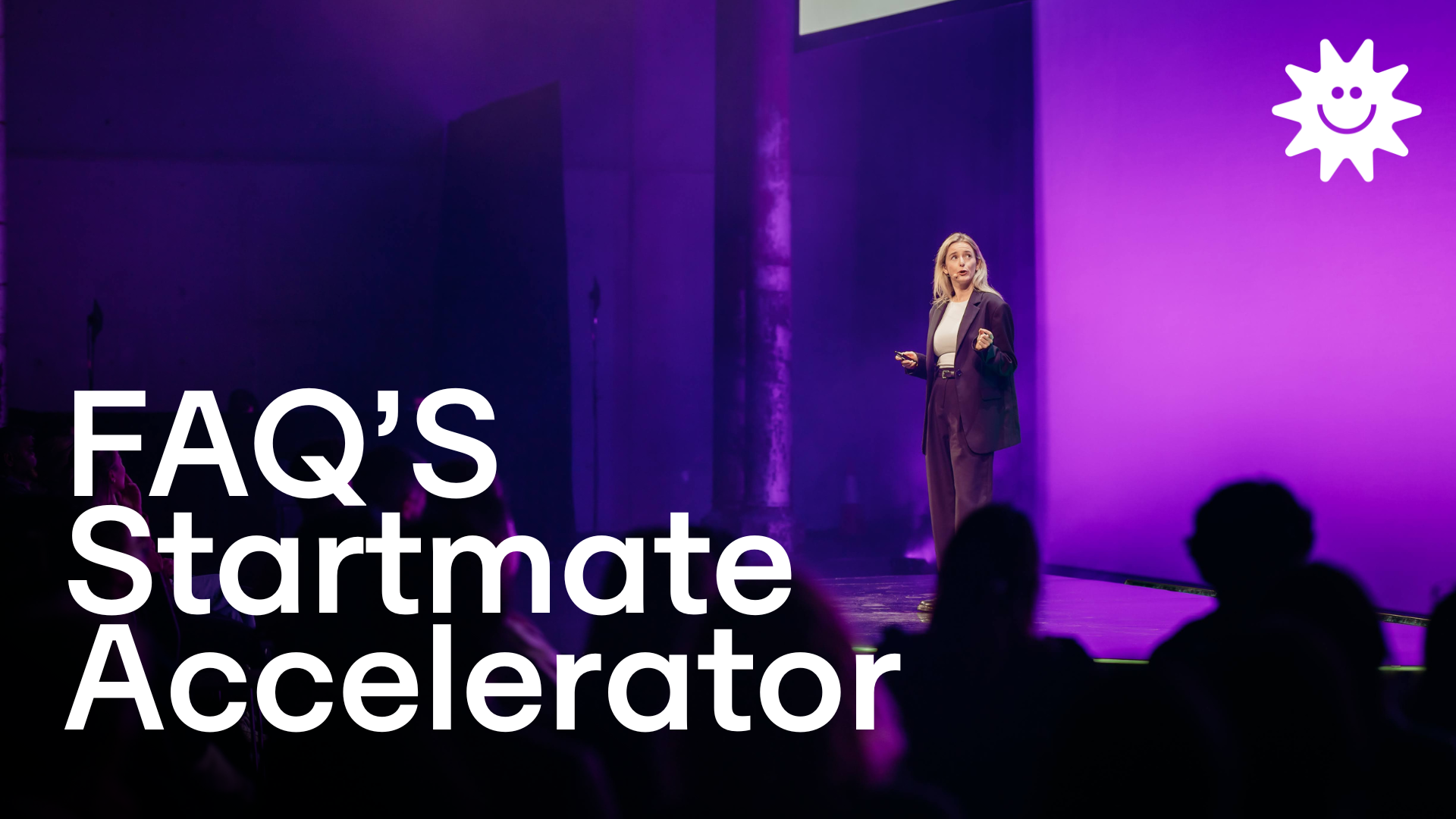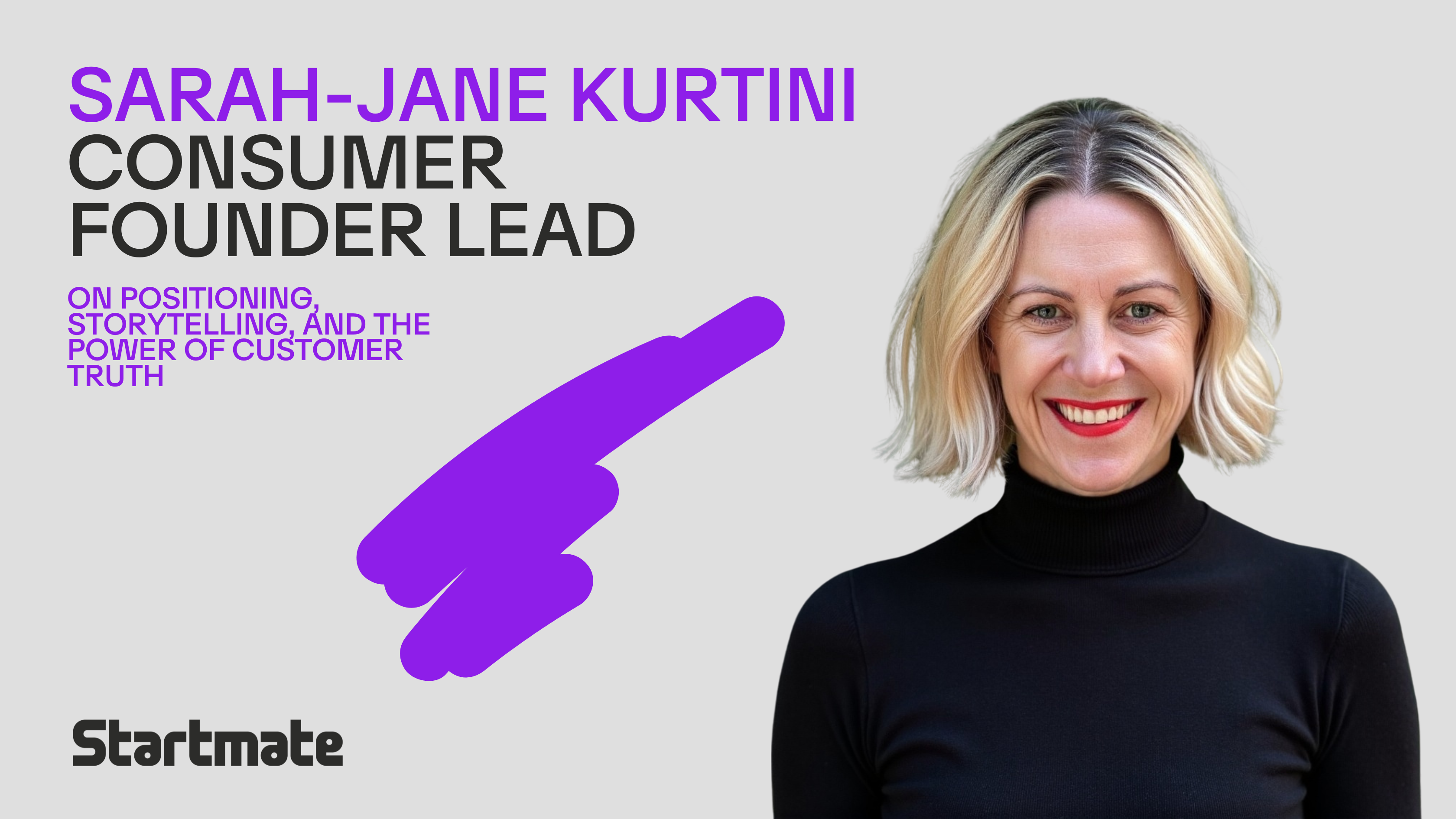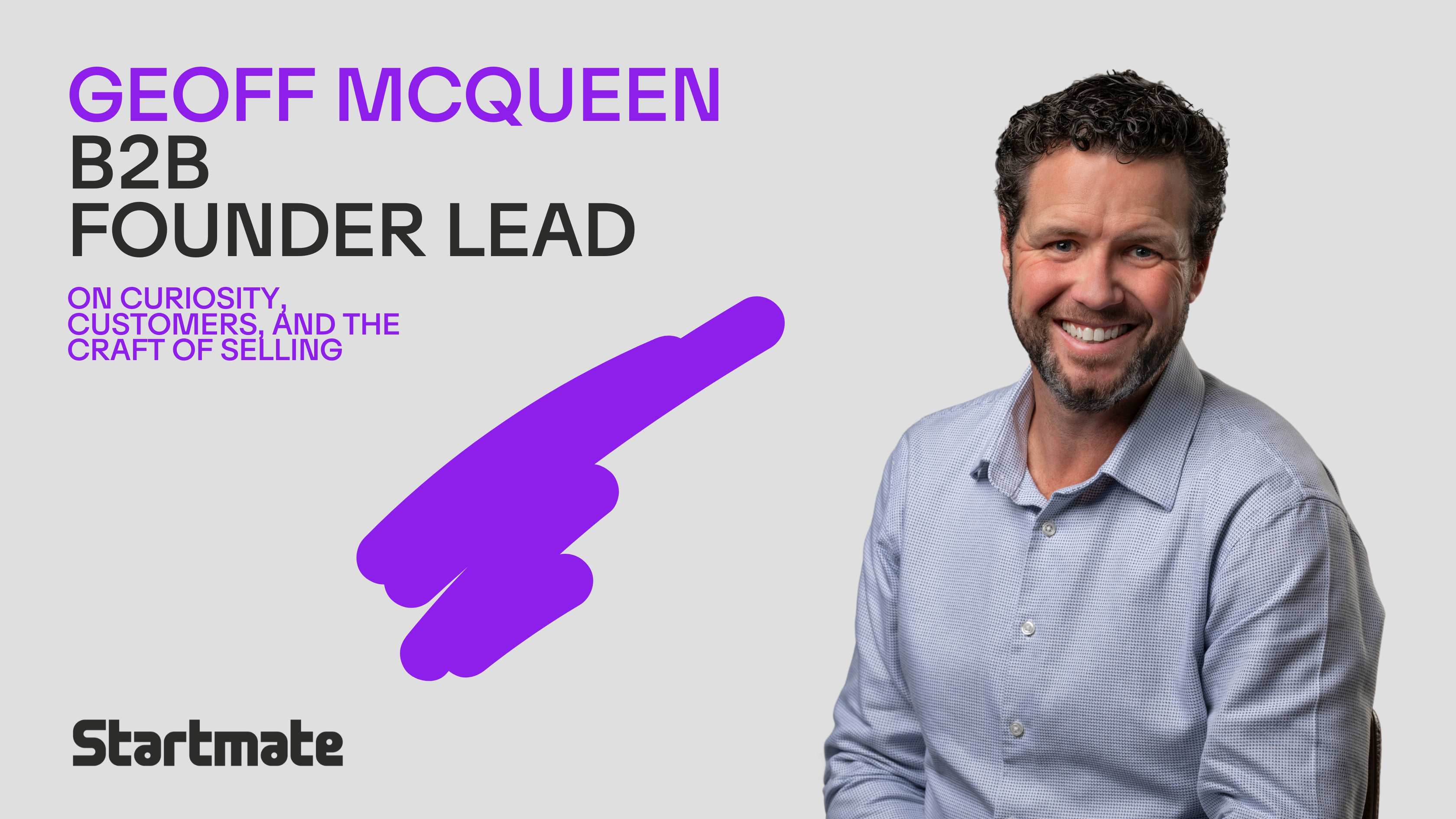Here’s a go-to FAQ to answer the big questions we heard (and expect to hear). Think of this as your cheat sheet for "what people really want to know."
Who is eligible? How early is too early, and is being too advanced a problem?
Q: Can I apply if I’m just an idea? I haven’t built anything yet.
Yes - being early is not a disqualifier. We tailor the program to your stage. Many founders come in with just a concept, or a prototype, or early MVP. What matters more is your clarity, willingness to learn, and how you engage with customers.
Q: What about companies that already have revenue, am I too late?
Not at all. We accept companies across a wide range of stages — from idea to early revenue to scaling. The program design is bespoke. For more advanced teams, we’ll lean into scaling, go-to-market challenges, and growth support.
What is the structure, time commitment, and location setup?
Q: How long is the program, and how much time do I have to commit?
The accelerator runs 14 weeks. But we’re not going to eat your whole life. Expect 3–4 hours of structured programming per week (sessions, workshops, mentor time), plus the time you need to push on your goals. Outside that, the rest is self-driven.
Q: Do I need to relocate, or attend in person?
No — it’s a remote-first program so founders can participate from anywhere in Australia or New Zealand. That said, we do bring everyone together in person at key junctures:
- Week Zero (Melbourne): founders meet, bond, set goals
- Week Six (in-person): cohort checkpoint
- Demo Day (Sydney): the big finale
What does Startmate invest, and how does valuation work?
Q: What funding do you provide?
At acceptance, we write a check for AUD 120,000 under standard terms (post-money valuation of AUD 1.5 million) for companies that haven’t raised before. If you’ve already raised with credible VCs, we’ll look to match your prior valuation.
Q: Is a cofounder or full-timing required?
Yes — one cofounder must be full-time. Beyond that, you can apply from various stages and shapes of team structure.
What’s the application process like and what do you look for?
Q: What’s expected in the application?
You’ll fill out written responses and submit a ~90-second video. The questions center on:
- The problem you’re solving
- Your solution & differentiation
- Your team & domain insight
- Traction (in whatever form you have)
- Vision for the future
Q: How long will it take and how is it assessed?
It’s reasonable to budget ~60 to 90 minutes. We’re looking for clarity, evidence, insight, and signals of ambition. Each application is reviewed by a selection committee. Top founders are invited to interview days, and then offers are extended (usually 10–15 per cohort).
Q: How does Startmate “score” or pick? What do you look for?
We don’t expect every applicant to be perfect. What we do look for is a “spike” — a standout strength or advantage. Some of those might be:
- Team capabilities or prior track record
- Early momentum or traction (doesn’t have to be revenue)
- Invention / unique insight
- Vision that’s bold & differentiated
If you can surface your strongest differentiator clearly, that often stands out.
What do founders actually get out of the program?
Q: What are the core benefits?
Two big buckets:
- Focus Sprint: intensive support to hit key traction goals, customer learning, product decisions
- Unfair Advantage: mentorship, investor access, network, fundraising prep, and more
Q: What about after the 14 weeks, is there support?
Yes — we continue with “Fundraising Co-Pilot” coaching beyond the program. We make investor intros, help with pitch decks, refine your narrative, etc. We stay invested in your success.
Q: How does Demo Day work, and what’s the exposure?
Demo Day is a flagship event (often >1,000 attendees) in Sydney. Founders pitch live to investors, partners, prospective employees, media — it’s a launchpad. Many key connections and investment commitments emerge from that week.
Common objections or hesitations
Q: What if I’m too early?
That’s okay. It’s common. You don’t need full product or paying customers; you just need clarity and diligence to learn and test. We’ll help shape your roadmap.
Q: What if I’m too advanced already?
Still apply. We’ll tailor your program. Growth, scaling, operational challenges — those often require fresh perspectives and deeper activist support.
Q: I’m too busy building — how will I manage?
Because we structure the program to be lean (3–4 hours a week of formal sessions), you can continue to move. Plus, mentors and sessions are focused on what matters most. Founders routinely get more done during the program than they thought possible.
Q: Isn’t the timing wrong for me? Should I wait for next cohort?
If you’re thinking “not now” — consider the compounding value of momentum. Waiting often means lost time and energy. If you feel pull toward this, push to fit it in. You can always apply again, but the time you spend developing your idea before that matters.
Apply for the Startmate Accelerator






.png)

